In a surprising twist, recent surveys reveal that 35% of U.S. high school students are turning to breath-counting tools to combat exam stress, up from just 10% five years ago. This pocket-sized gadget, known as the teen breath counter, lets kids track their inhales and exhales with simple clicks, promoting calm in chaotic school hallways. As anxiety rates soar among teens, this device is emerging as a go-to for quick mindfulness fixes before tests. Experts say it’s a game-changer for focus and performance.
What Is a Teen Breath Counter?
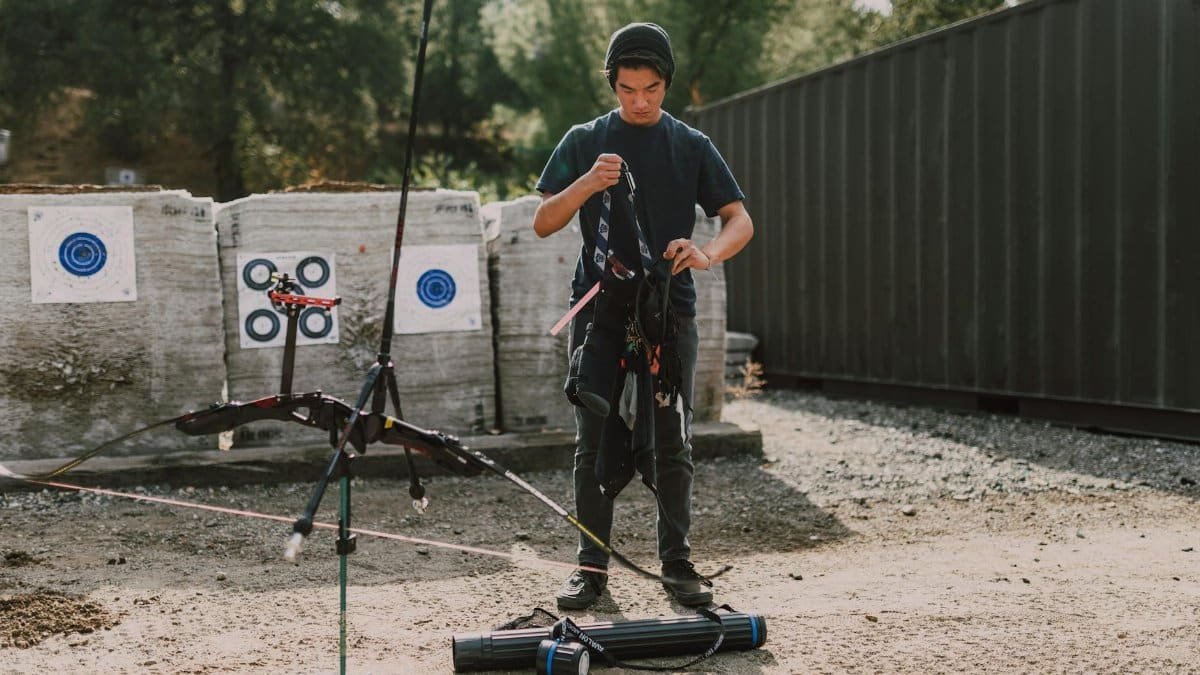
The teen breath counter is a compact device designed specifically for adolescents dealing with stress. It functions like a digital tally, allowing users to count breaths manually or via guided modes. Press a button for each inhale and exhale, and it vibrates gently to signal paced breathing. Marketed as an anti-anxiety tool, it’s small enough to fit in a pocket or backpack. Parents and educators praise its simplicity, noting how it teaches basic mindfulness without needing apps or screens.
Why Teens Need It Before Exams

Exam season hits hard for American teens. With college admissions pressure mounting, anxiety disorders affect over 30% of high schoolers, according to the CDC’s Children’s Mental Health data. The teen breath counter steps in by encouraging slow, deliberate breathing, which lowers heart rates and clears minds. Students report feeling more in control, turning pre-test jitters into focused energy. It’s not magic, but science backs it: controlled breathing activates the parasympathetic nervous system, reducing stress hormones.
How It Works in Real Time

Picture a teen in a bustling hallway, five minutes before a math final. They pull out the counter, set it to a 4-7-8 breathing pattern inhale for four counts, hold for seven, exhale for eight. Each click tracks progress, and a soft beep signals completion. This routine takes under two minutes but resets the brain. Users say it prevents panic spirals, making it ideal for quick interventions. No Wi-Fi required, just batteries and discipline.
Benefits Backed by Research

Studies show breathing exercises improve cognitive function under stress. A report from the American Psychological Association’s anxiety resources highlights how such techniques enhance attention and memory recall. For teens, this means better exam scores without relying on caffeine or last-minute cramming. The teen breath counter adds structure, turning vague advice like “just breathe” into a tangible practice. Early adopters in schools report fewer meltdowns and higher self-reported confidence levels.
Potential Drawbacks to Consider

Not every gadget is perfect. Some critics argue the teen breath counter might encourage dependency, where kids lean on it instead of building natural coping skills. Battery life can be an issue during long study sessions, and at around $20, it’s not free. Plus, it doesn’t address underlying issues like poor sleep or nutrition. Experts recommend pairing it with therapy or school counseling for best results. Still, for many, it’s a stepping stone to better habits.
Success Stories from U.S. Schools
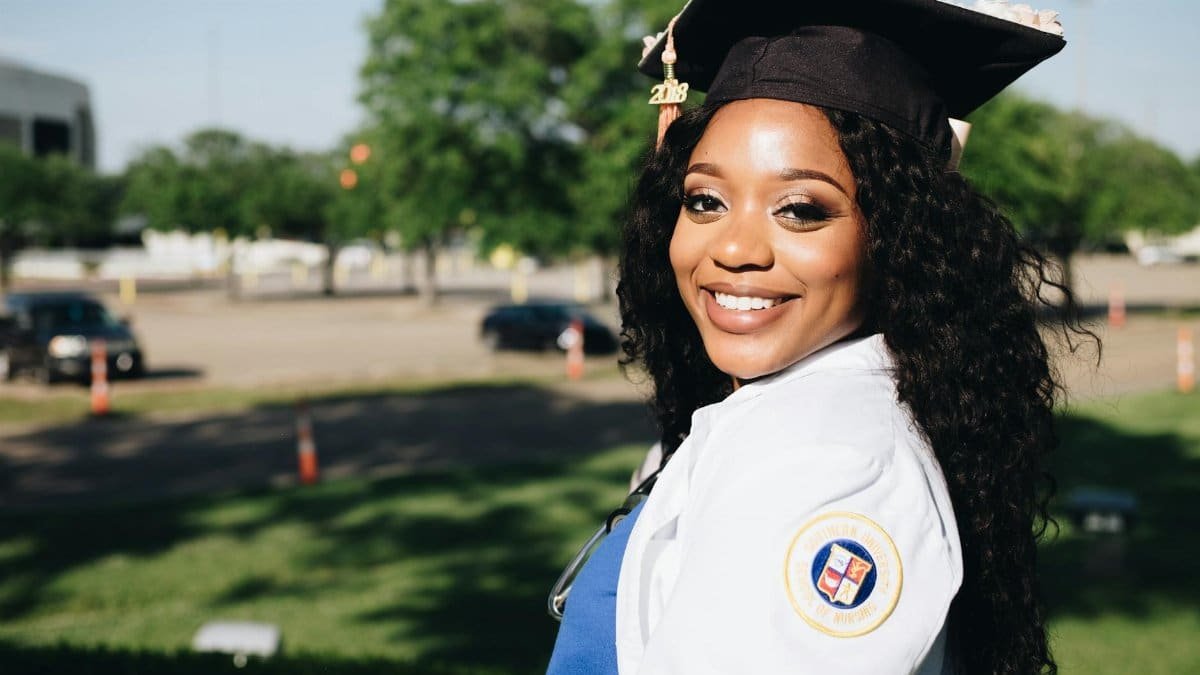
In California high schools, pilots with breath counters have cut reported anxiety by 25% during testing periods. One principal shared, “Kids who used it aced their SATs with less freak-outs.” Similar trends pop up in New York and Texas, where counselors distribute them in wellness programs. Teens like 16-year-old Mia from Chicago say it “saved my finals week.” These anecdotes align with growing adoption, signaling a shift toward tech-aided mental health in education.
Comparing to Other Anxiety Tools
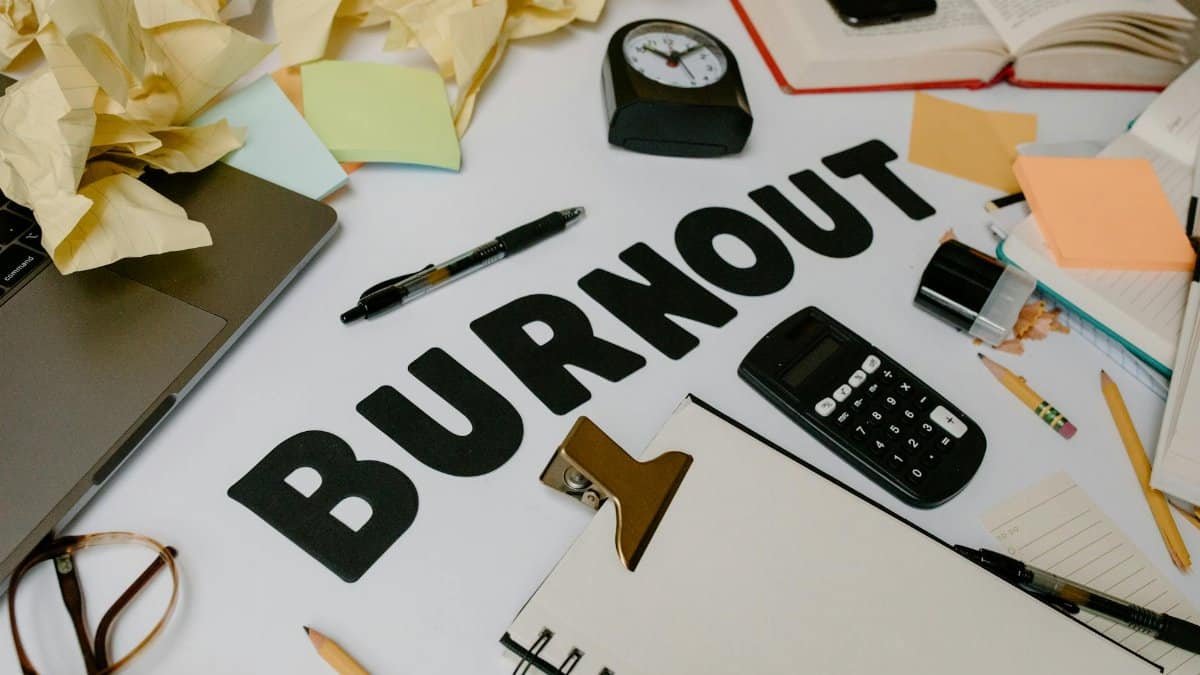
Unlike fidget spinners or stress balls, the breath counter targets physiology directly. Apps like Calm offer guided sessions, but they require phones, which schools often ban during exams. Wearables like smartwatches track heart rates, yet they’re pricier. The counter’s edge? Affordability and discretion. It’s not flashy, but effective for on-the-spot relief. In 2025, as remote learning lingers, tools like this bridge gaps in teen mental health support.
Tips for Effective Use

Start small: Practice daily for a week before exams. Set reminders to use it during breaks. Combine with visualization pair a breath cycle with imagining success. Track progress in a journal to see patterns. Parents can model it too, making it a family habit. Avoid over-relying; use it as a tool, not a crutch. Schools incorporating it into health classes see the best outcomes.
Where to Get One
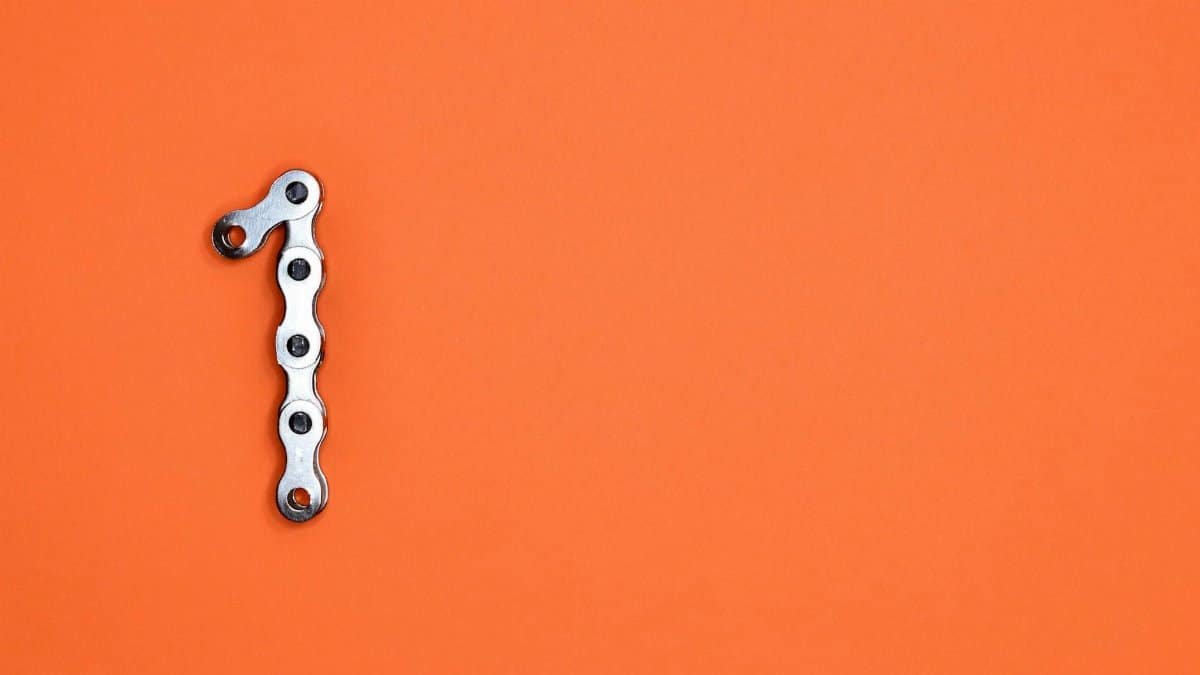
These devices are available on Amazon, Target, or wellness sites like Mindful.org. Prices range from $15 to $30, depending on features like timers or apps integration. Look for models with teen-friendly designs colorful casings or customizable alerts. In 2025, expect more school partnerships, potentially making them free through grants. Always check reviews for durability, as cheap knockoffs flood the market.
The Bigger Picture in Teen Wellness
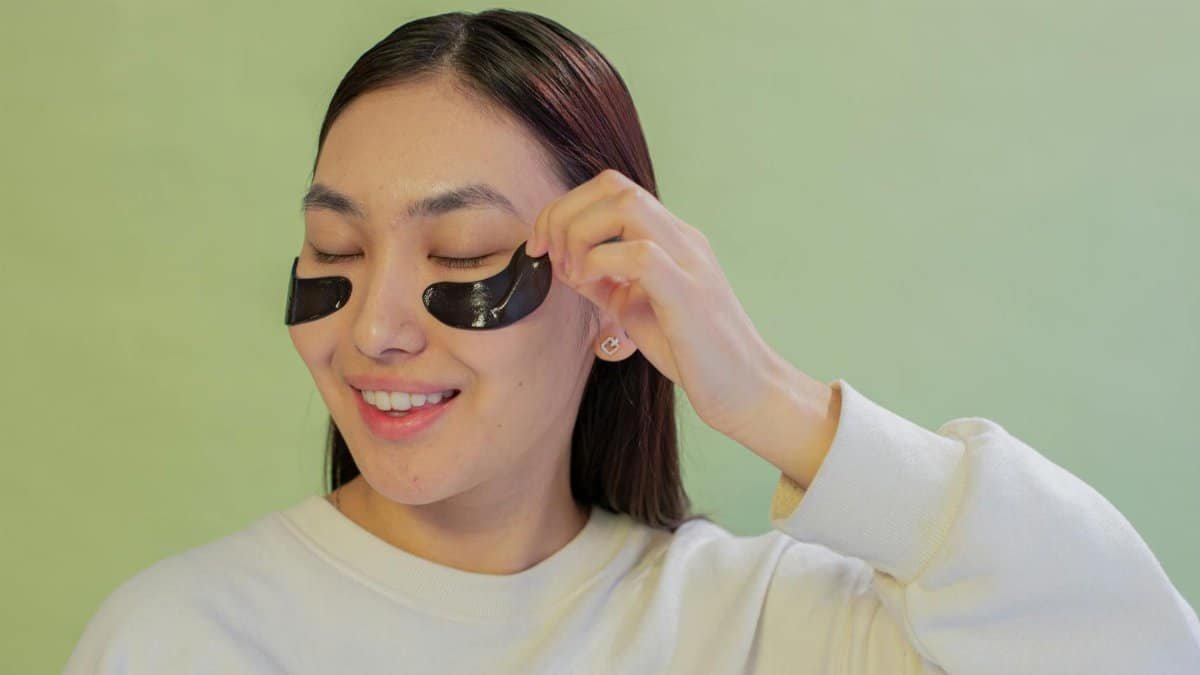
As U.S. teens face rising pressures from social media and academics, tools like the teen breath counter represent a proactive trend. Mental health advocates push for integration into curriculums, emphasizing prevention over reaction. With anxiety at epidemic levels, this simple clicker could pave the way for broader acceptance of mindful practices. It’s a small step, but one that empowers kids to breathe through challenges literally.
